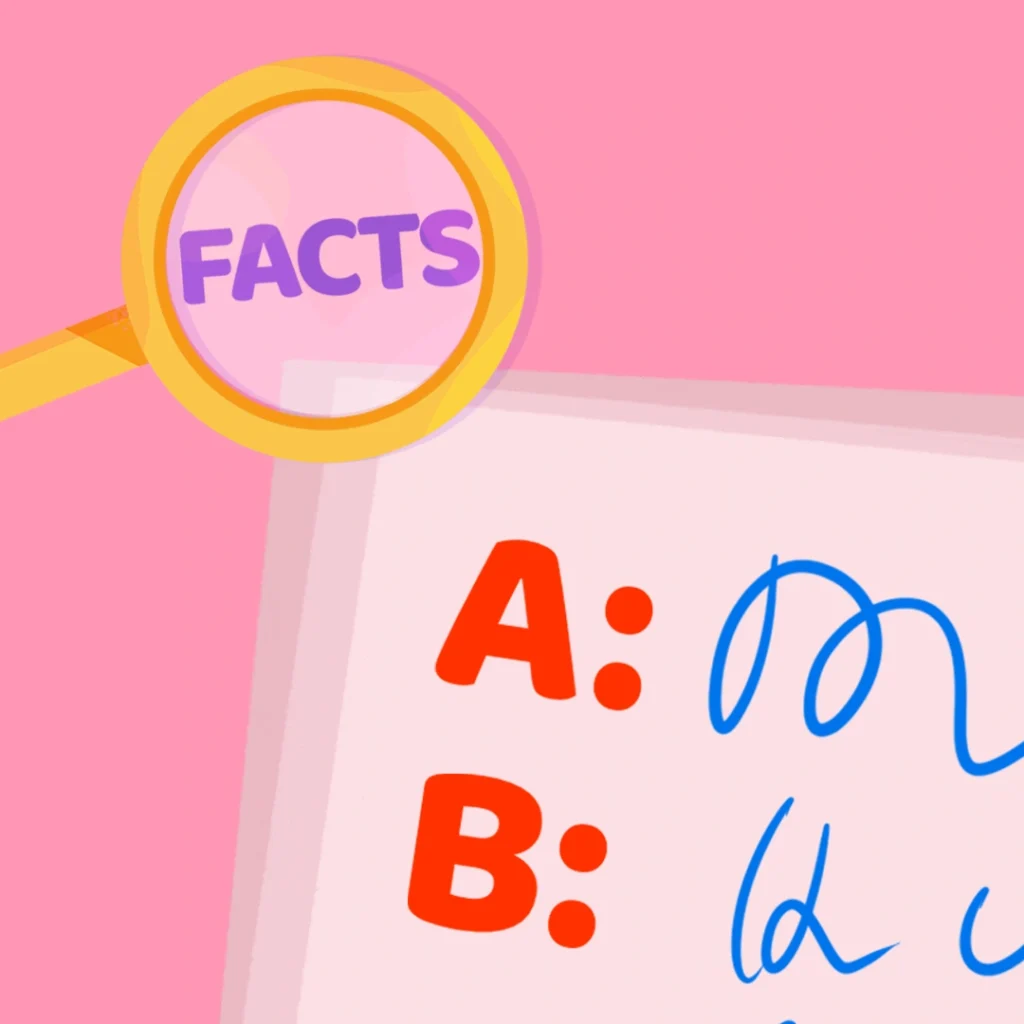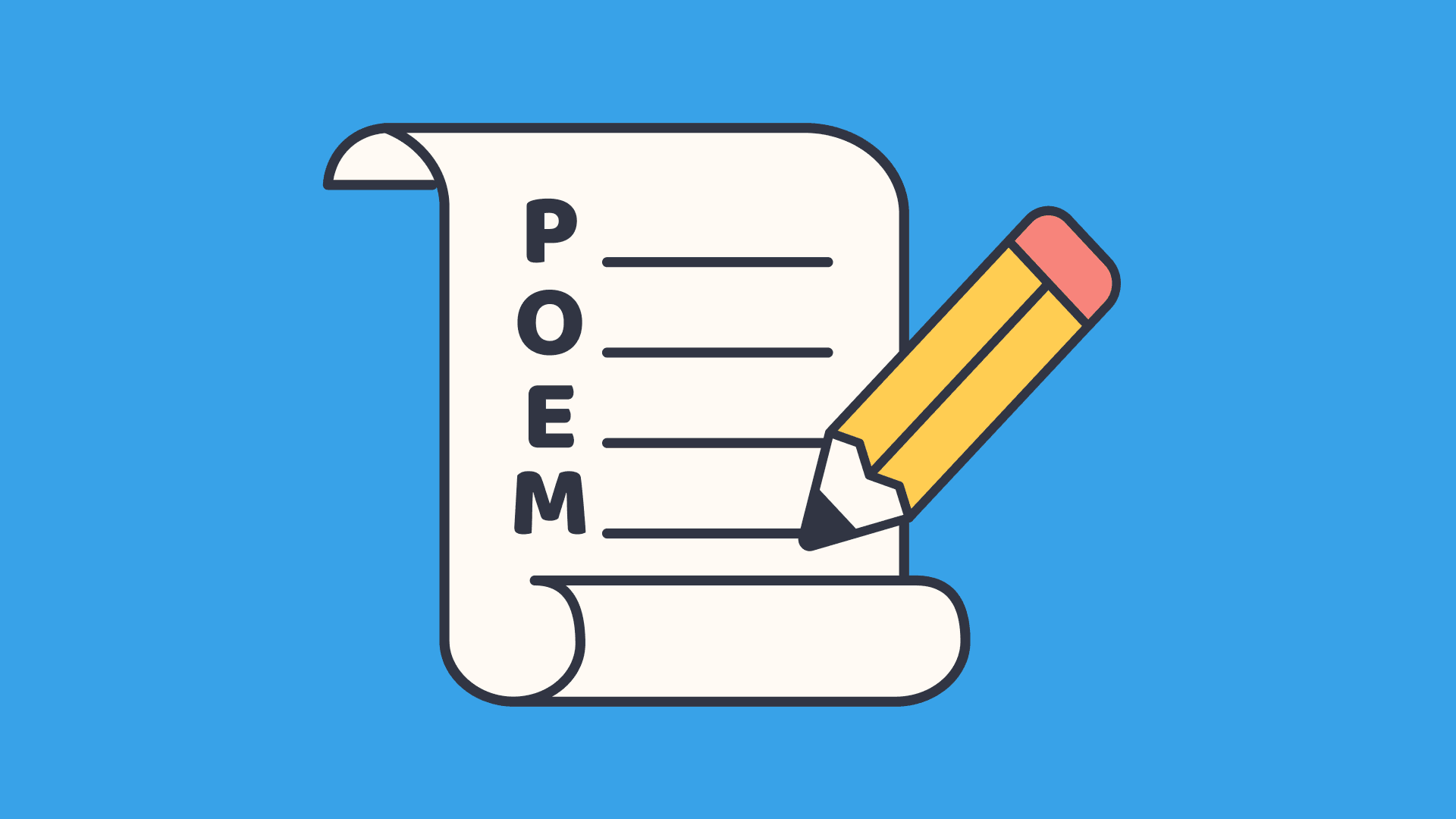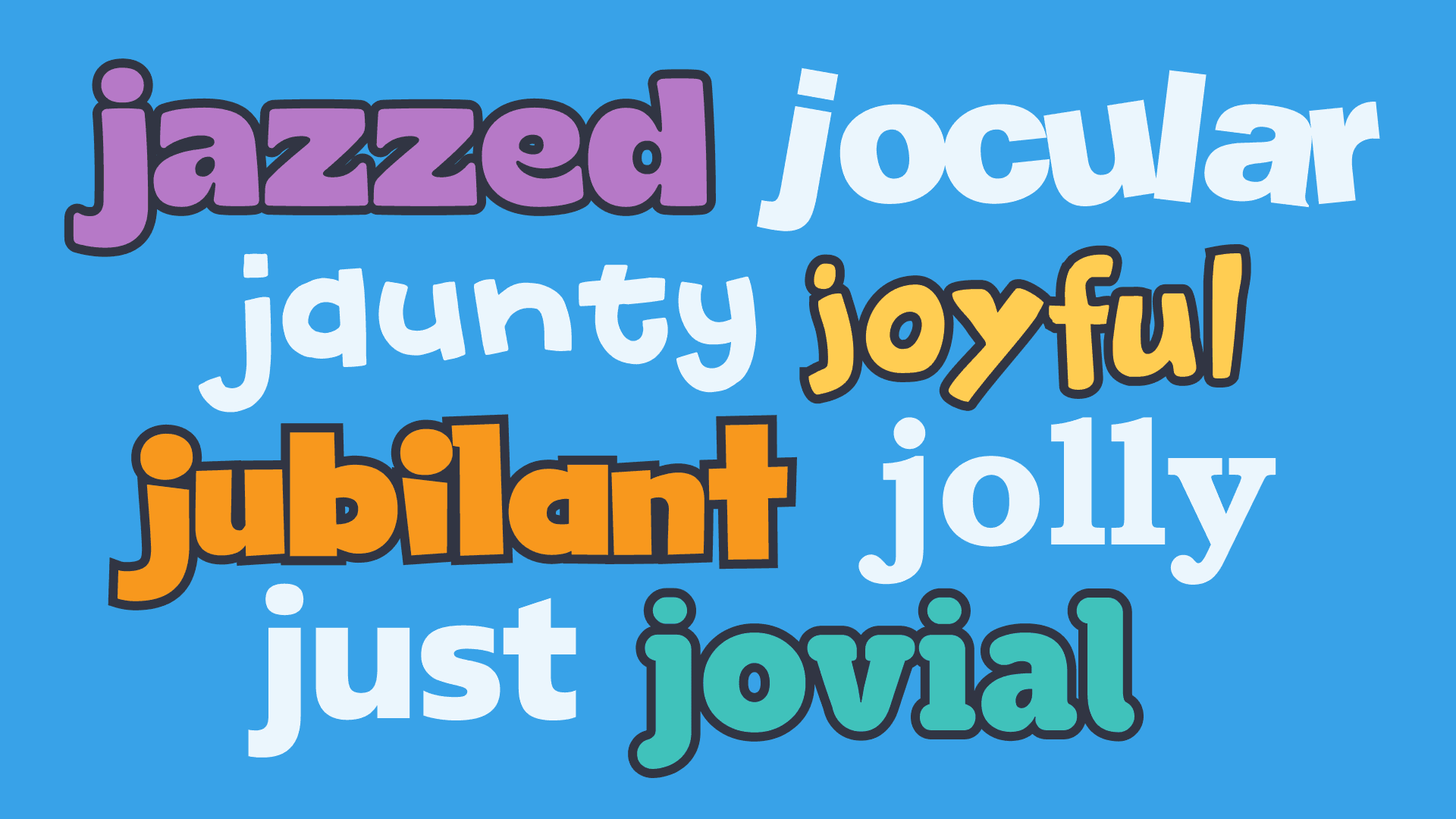9 Fun writing prompts for Year 1 students
In this guide
Letters turn into something else for children in Year 1: they become words, and those words path the path to writing. Communicating in the written word is a skill that adults hone their entire lives. While it’s essential for sharing information in academic, personal, and professional settings, it’s also a powerful, creative outlet. Regular journaling is linked to multiple health benefits, from better emotional awareness and regulation to physical healing.
Year 1 can make or break the foundation of this skill, and not all students progress the same way. I was an early reader and writer myself, but fell behind in other subjects like maths. This is a time when language-based processing disorders might pop up, and the IDA encourages screenings for dyslexia earlier than later.
The following prompts can be modified for every student though. Ultimately, fostering a positive relationship with writing is the most important aspect of the following prompts.
Sentence starters vs open-ended prompts
Before delving into the prompts, let’s examine prompt modifications. Open-ended prompts can feel overwhelming for some students, especially if they’re struggling with sentence structure.
Utilising ‘sentence starters’ is my go-to for students who need guidance on structuring their responses or figuring out where to begin. This method is also called “sentence frames”.
Sentence starters can help students improve their speaking and writing, especially when they’re examining specific content. Students with higher language proficiency can benefit from this method as well. It’s a great way to show them how they can write in formal vs informal language.
Open-ended writing prompts can be adapted like this:
What is your favourite animal? >> My favourite animal is ___
Or, to encourage more detailed answers, you could do something like this:
What is your favourite animal? >> My favourite animal is ___ because ___
Choose which method is best for your students. For Year 1 students beginning the school year, starters and frames may be the easiest way to introduce them to writing. I’ve included a mix of open-ended questions and sentence starters below, but you can modify them for your student’s needs.
1) Fostering gratitude and positive thinking

This activity is a great way to incorporate writing prompts into larger lessons. It also fosters social and emotional learning (SEL)–a vital life skill that students will use for the rest of their lives.
I’ve also written about SEL activities for primary school students here as well.
3 Good Things
- Begin by asking students to sit in silence for 1-2 minutes. They can close their eyes, listen to music quietly, or engage in some form of contemplation that doesn’t distract their peers.
- Have students pick 3 good things from their day and write them down. The good things don’t have to be ‘big’, but anything that makes them feel grateful.
- Then, students will reflect on their most significant good thing by writing a few sentences on what it was and why it impacted them.
- You can guide students by giving them more specific prompts, such as:
- Why was this a good thing?
- Why am I grateful for it?
- You can extend this writing activity by having students share their good things in a class discussion or in pairs–on a volunteer basis of course, due to the possible personal nature of the prompts.
In addition, here are some opened-ended prompts that explore similar themes:
- How did someone help me today? / How did I help someone else today?
- The best thing that happened today/this week/ was ___.
- Is there a friend or family member you’re grateful for?
2) Class closure prompts
Creating lesson closers and routines is a great way to provide structure and help students transition between subjects and class periods.
A simple way to close out a lesson or topic is to have students answer a prompt that has them examine what they learned and how they feel, such as:
- Write about one new thing you learned today / One new thing I learned today is ___.
- What would I like to learn about next / If I could choose what to learn about next, I’d like to learn about ___.
- Do you have any questions {about the subject/activity/etc}?
- I’m looking forward to tomorrow because ___.
I’ve written about the importance of class closures before, and you can find more details on those activities here.
3) Narrative and storytelling prompts
Narrative storytelling is the core of fictional, informative, and other genres of writing, but it’s also the way we tell stories about ourselves. As Year 1 students learn the fundamentals of storytelling in their readings, they’re also learning how to create narratives in their own lives too.
Prompts that encourage narrative storytelling also help students foster core writing skills like sequencing and plotting. The following prompts focus on exploring students’ personal narratives.
- What is your favourite thing to do after school?
- Describe a favourite memory from your summer.
- Describe your favourite event.
- Write about the time you were lost.
- You’re the teacher today! What will you do today?
4) Fictional writing prompts

Like the narrative writing prompts, fictional prompts can help students tell stories–stories like fantastical tales! They’ll hone their problem-solving skills and imagination, and maybe discover a talent or passion for creative writing.
Fictional prompts can be fun to brainstorm with the class, but here are some to get them used to it. I’ve included some ideas for prompt expansion as well, in italics.
- You’re transformed into an animal for a day. What animal would you like to be?
- If you could travel back in time for a day, where would you go? / You travel back to ancient {Egypt/Greece/China} for a day. What do you see?
- You get to pick one superpower. What superpower would you choose?
- What will you do with your superpower?
- Why did you choose this superpower?
- What kind of superhero would you be?
- What would I do as a superhero?
- You discovered that you can talk to animals. What would they say / what would you ask them?
- What do you say to your pet?
- Tell me a story about:
- A ghost haunting the classroom.
- Meeting an alien.
- Waking up as an animal
5) Opinion prompts
Year 1 students certainly have opinions, so give them a chance to express them in a constructive way. These prompts will help them develop foundational writing skills they’ll need in the future, such as constructing arguments with reasoning and logic to persuade their reader.
- The best pet is ___.
- The best planet is ___.
- The best candy is __._
- What’s the best season?
- The best colour is ___.
You can also customise the following sentence starters to touch on something students are currently learning or are simply more relevant:
- Which is better: ___ or ___?
- Would you rather {do/play/eat/etc} ___ or ___?
- ___ are better than ___.
- I like/didn’t like ___ because ___.
- I agree/disagree with ___ because___.
6) Informative and expository prompts
These prompts help students with their descriptive writing skills and conveying information accurately.
A great way to introduce them to this style of writing is by asking them to explain something about themselves or from their own lives, such as:
- You just spilt juice on the floor. How would you clean it up?
- How would you teach a friend to colour?
- Where do you put your backpack?
- Describe the importance of saying thank you/please.
- Describe how to find your classroom.
- What is your favourite subject at school? Explain what it is and why it’s your favourite.
- Why is it important to share?
- Explain how to play your favourite game/sport.
- Explain the steps to washing your hands.
- Explain the steps you’d take to make a cheese sandwich.
Students can use drawings or visuals to aid their writing as well, especially if they’re writing about a step-by-step process.
7) Journaling prompts

Journals are a great tool to get students comfortable writing and recording information on a daily basis. They can be used to connect reading and writing, and help students with emotional expression and awareness.
You can have students designate a certain part of their journal or flip down pages that they’d like to keep private. Class discussions can be facilitated after the prompts too, but remind students that it’s up to them if and how much they want to share.
Some ideas for journaling and diary prompts are:
- Describe a time you were brave.
- One thing that I love about myself is___.
- I wish I was better at ___.
- Describe a time you made a mistake. How did you feel?
- What did you do about the mistake?
- What do you do when you’re feeling sad?
- How are you feeling today?
- What is your favourite hobby?
- What do you want to be when you grow up?
8) Research prompts
Writing prompts are a great way to introduce students to the research process. Some of these assess information they already know, while others will require guided research.
These prompts, more so than the others listed, may require help from adults, guidance from the teacher, or collaborative, group activity.
- List three things you know about ___.
- What are two facts about your town/city/school?
- Choose a dinosaur and find 2-4 fun facts about it.
- Pick a sport and list three important rules of the game.
- Choose a famous person from history and list 3 facts about them/where they were born/what they wrote.
- Write down three facts about your favourite ____ {movie/book/game/etc}
- Pick a country and list 3-5 interesting facts about it.
9) Writing about images
Examining another medium is one of my favourite ways to help students critically examine literature, but there are plenty of benefits to writing about art for the sake of it too. It builds students’ vocabulary with new colours, shapes, and actions, and it helps them express bigger ideas and feelings about what they see.
One of my go-to lesson plans for younger students is adapted from a thinking routine called See, Think, Wonder. You can easily modify and expand it by adding additional details (I included some examples in italics below), and it can be turned into a group discussion or class wrap-up too.
What do you see?
- You can remind students that they’re writing about what they see, not what they think they see.
What do you think about that?
- You can extend this prompt with follow-up questions. To help students get comfortable using evidence when expressing their opinions, try:
- What do you see that makes you think this?
- What else do you think?
What does it make you wonder?
- You could ask students if they have any questions about the image, or ask them to consider if it connects to anything else they’ve recently learned.
A group discussion can be a great way to wrap up this activity if you have the time. Ask students to consider their peers’ responses and how they differ or don’t differ. This will help students get used to verbalising what they’ve written, even if they don’t read off their answers verbatim.
Still looking for more inspiration, or maybe you need ideas for a different year group? Check out these writing prompts for Year 4 students and our topics to support writing in the classroom.

Amanda Joachim
briefcase iconEducation & Research Consultant
Amanda Joachim is an educational media consultant, researcher, and writer. Her interdisciplinary and creative approach is inspired by her own experiences learning and working in the Philadelphia school district.
Other posts
Want more content like this?
Subscribe for blog updates, monthly video releases, trending topics, and exclusive content delivered straight to your inbox.










